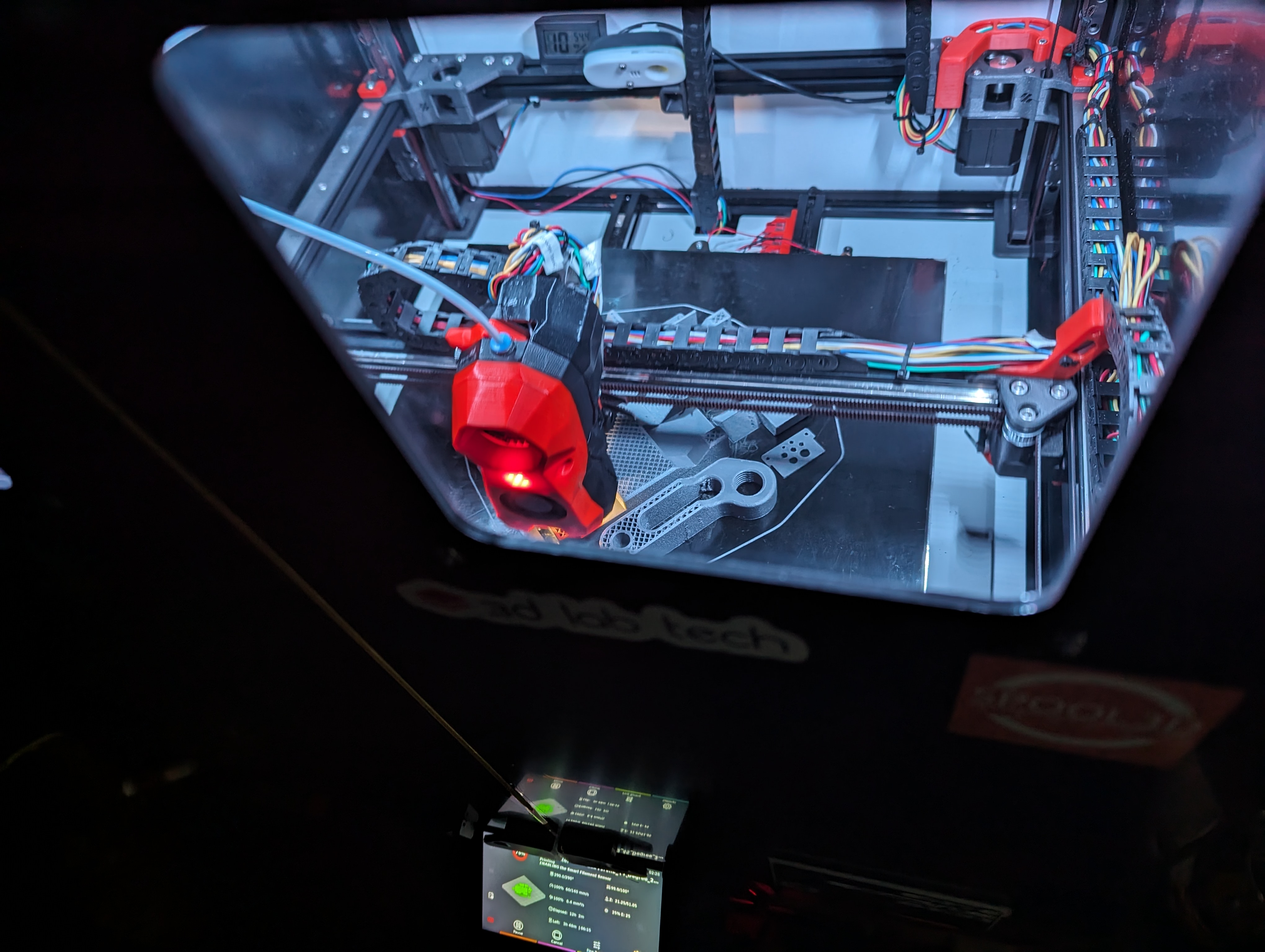Supposed to be an easy, if not a drop in replacement afaik, it’s under a permissive licence (Apache 2.0), beyond that it’s authored by RedHat I can’t tell you much else, it’s something I’ve been considering moving to personally (and work, pretty much for licencing and the few of us that want to use more open tech stacks) I just haven’t had a chance to work with it.
Supposedly able to pull docker images and work with docker-compose, just not swarm.






Kinda sounds like combine infill layers in prusa/super slicer, that setting will have it do the perimeters as per normal but do infil at 1/2/3 etc layers, so 0.2 layers would get infill every 0.4 at 2, so it’ll print the perimeters and anything that can’t be merged, go to the next layer and do the perimeters and chunky infill, I use it to save time and I haven’t noticed much difference in functionality.